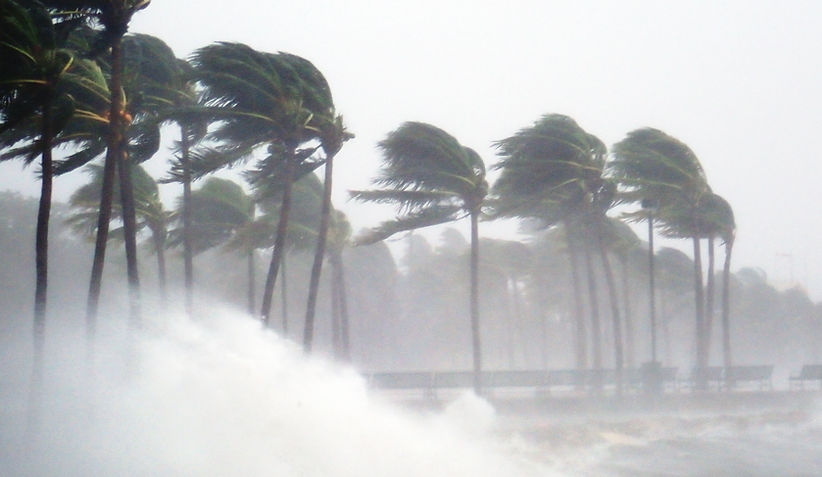
Wind Mitigation
wind mitigation refers to the process of strengthening homes and buildings to better withstand high winds, such as those associated with hurricanes and tropical storms. It's particularly important in Florida due to its vulnerability to such weather events.
Here's how New Wave Roofing can assist with wind mitigation upgrades during your roof replacement, which could lower your annual homeowner's insurance premium. All of this is documented in a Wind Mitigation Inspection Report provided after completion.




Age of you Roof Covering
Your insurance company may start increasing your rate as your roof ages and may eventually cancel your insurance if you do not replace your roof.
Roof Deck Attachment
Florida Building Code (FEBC 706.7.1) requires that the roof deck attachments are upgraded when your roof is replaced. Included our roof replacement scope of work will be to ensure that your roof deck is nailed up to current code with 8D Ring shank nails with a maximum spacing of 6" in the field.

Roof TO WALL Attachment
Florida Building Code (FEBC 706.8.1) only requires that the roof to wall attachments are upgraded for "high value" structures, so this is an optional upgrade. However, this typically offers a substantial discount on your homeowners insurance and will likely pay for itself within a few years with your annual savings. We recommend discussing this discount with your insurance agent.

Secondary Water Resistance (SWR)
Florida Building Code (FEBC 706.7.2) requires that new underlayment complies with one of the Secondary Water Barrier (SWB) installation methods. However, for the Secondary Water Resistance (SWR) insurance discount you must use a self-adhering polymer modified-bitumen roofing underlayment applied directly to the roof sheathing. Our standard is to use a premium self-adhesive or peel & stick underlayment that meets the SWR requirements.

new wave roofing is an approved roofing contractor for the my safe Florida home grant. we can assist with replacing your roof, making the required wind mitigation upgrades, and submitting your grant payment.
new wave roofing is an approved roofing contractor for florida pace Roof replacement financing.

WIND MITIGATION faq
-
What is a wind mitigation inspection?
-
A wind mitigation inspection is an assessment of a home's vulnerability to wind damage, particularly from hurricanes and tropical storms. It evaluates various features of the home that can help reduce the risk of wind-related property damage.
-
-
What does a wind mitigation inspection involve?
-
During a wind mitigation inspection, a qualified inspector examines the home's roof, windows, doors, and other structural elements to assess their ability to withstand high winds. The inspector looks for features such as hurricane straps or clips, impact-resistant windows, reinforced garage doors, and roof-to-wall connections.
-
-
Why is a wind mitigation inspection necessary?
-
A wind mitigation inspection is often required by insurance companies in regions prone to hurricanes and tropical storms, such as Florida, to determine the level of risk associated with insuring a home. Implementing wind mitigation measures identified during the inspection can result in insurance discounts for homeowners.
-
-
How long does a wind mitigation inspection take?
-
The duration of a wind mitigation inspection can vary depending on the size and complexity of the home, as well as the thoroughness of the inspection. On average, a wind mitigation inspection may take between 30 minutes to an hour to complete.
-
-
What documentation is provided after a wind mitigation inspection?
-
Following a wind mitigation inspection, the inspector typically provides a detailed report outlining the home's wind-resistant features and any recommended improvements. This report serves as evidence for insurance companies to determine eligibility for wind mitigation discount.
-


